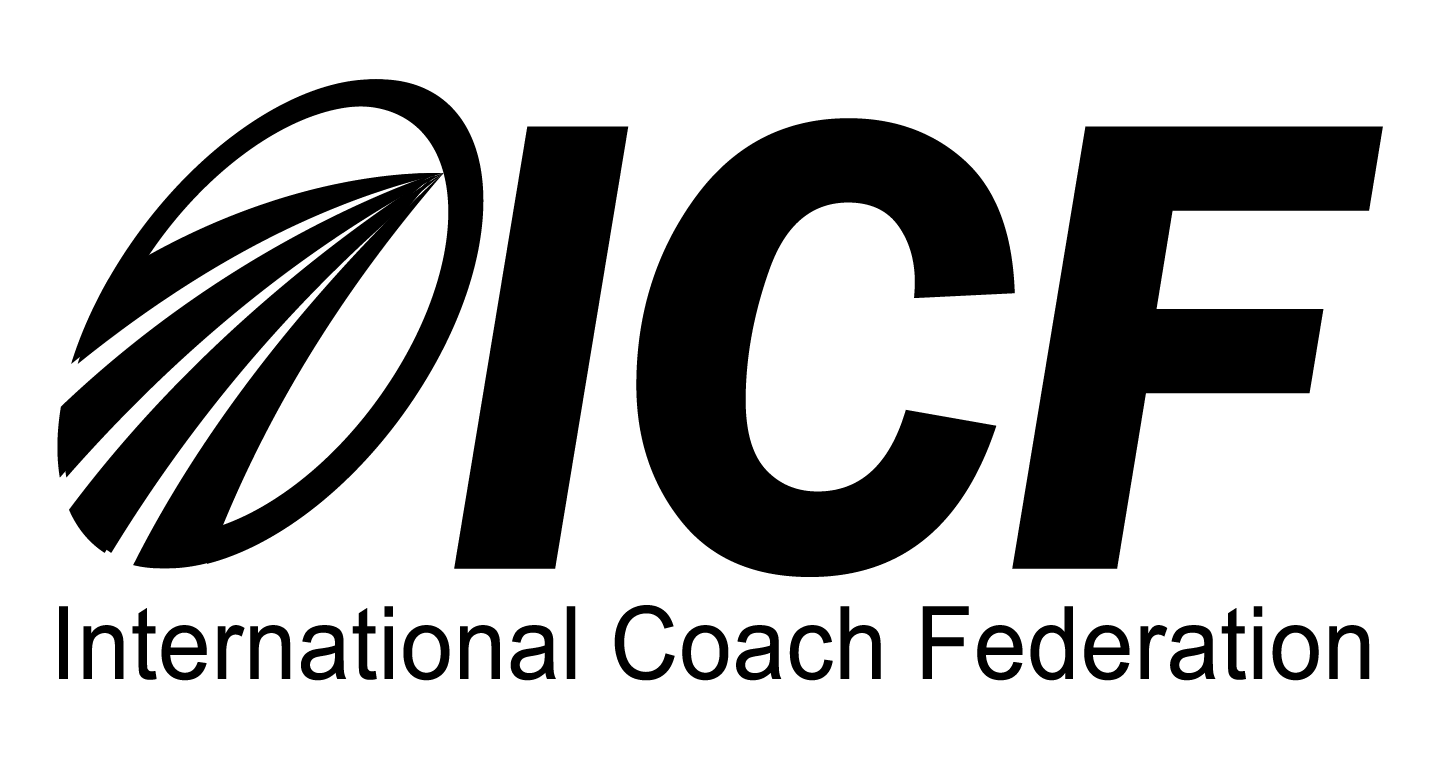|
As modern leaders, we often run too fast to notice that what we mean does not always match what we say. A lack of thoughtfulness when communicating creates a gap between what we intend to communicate and what is heard, which can sabotage effective work teams and destroy employee morale.
Let’s look at a couple of examples. I spoke with a senior executive of an organization once who shared his company’s leadership philosophy: Hire slowly, fire quickly, and focus on the top three metrics. From the leadership perspective, they are proud of the “hire slowly” part because it suggests that they are thoughtful in their approach to hiring, resulting in fewer firings and greater retention. Ironically, as my team delved deeper into the organization, we learned that the emphasis for the folks two levels down was on the “fire quickly” part. They lived in perpetual fear of being unexpectedly canned. It created a culture of blame and suspicion and dampened creativity. Employees became order takers instead of innovators, doing just enough to stay employed. Another well-meaning executive set out to communicate to a team member how much she valued his work. She informed him that she’d planned to add him to a special project team, but was ultimately unable to do so for various reasons. Rather than feeling valued, the team member felt rejected and disappointed by this news. The executive’s approach could have also been misconstrued as self-serving, attempting to gain favor with a hard-working employee that could benefit her down the road, but leave nothing on the table for him. Think about it. How did he benefit from being informed of a role he couldn’t get? Communication Filters When leaders speak with employees, it’s important to hear those messages from their vantage point. Put yourself in the shoes of a new hire, an employee with 1, 5, 10 years of service, or someone being asked to retire early. How would you interpret the message you’re receiving? Effective leaders use filters to refine their message down to the most palpable version, making it easier for the recipient to digest. What do I mean by filters? Consider this. If you are unsure of how your message will be received, take the time to test it on a small group or a trusted colleague. Their feedback acts as a filter, helping to strain out pieces of the message that could potentially be destructive. Asking questions like, “What message did you hear when I said this?” can help you identify opportunities to clarify miscommunication. Also, consider recording your message on your favorite voice app. Then, play it back. While this doesn’t replace peer feedback, it’s eye-opening to hear our thoughts played back to us. If you cringe, so will they. Body Language Leaders on the move can often only hope that their words are being received the way they intended. But if you want to be sure, a healthy habit is first to slow down and then, watch your body language and the facial expressions of others as you deliver a message. If you are delivering good news, but your employee’s face appears blank or disappointed, that could be a red flag that you’re off target. If you’re laughing and they’re not, that’s a good sign that the situation may not be funny, at least to them. Or, if you’re leaning in, and they’re leaning out, you’ve lost them. Don’t be in such a rush to talk that you miss the deafening silence in the room. Open Dialogue Finally, maintain an open communication policy where feedback is encouraged and expected. No one communicates perfectly all the time, so take that pressure off yourself. But don’t use that as an excuse not to show up and bring your best self to work every day. Become the kind of leader that people know they can talk to and you’ll win them over. The best gift a team member can give to you, and you to them, is feedback. Are you struggling with effectively communicating with your team? Let's talk. Related Articles Showing Gratitude for the Gift of Feedback May 6, 2019 Relationships, Creating a Force for Good August 8, 2018 Comments are closed.
|
|
PO Box 682941, Franklin, TN 37064 | 615-308-0550 | [email protected]
© 2018 Terry Humphrey, Executive Coach | Site Design by: Celebelle
|
Vertical Divider
|
affiliations
|


 RSS Feed
RSS Feed



